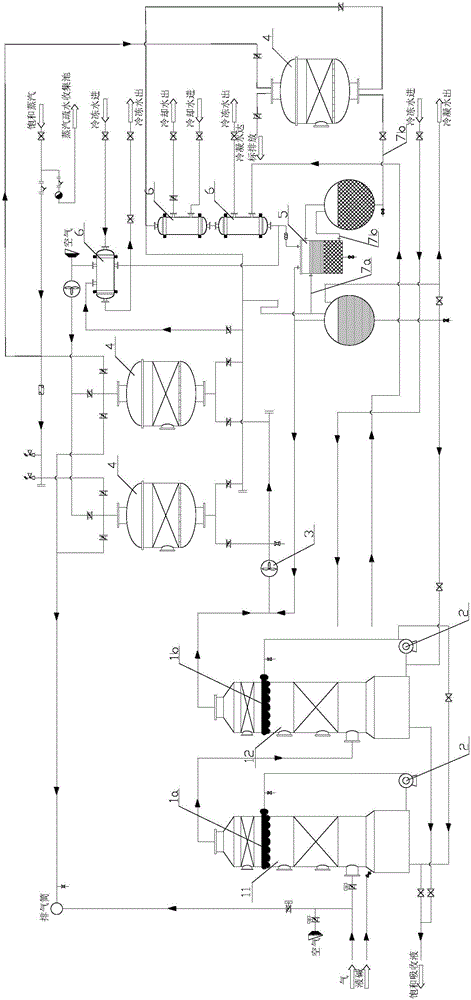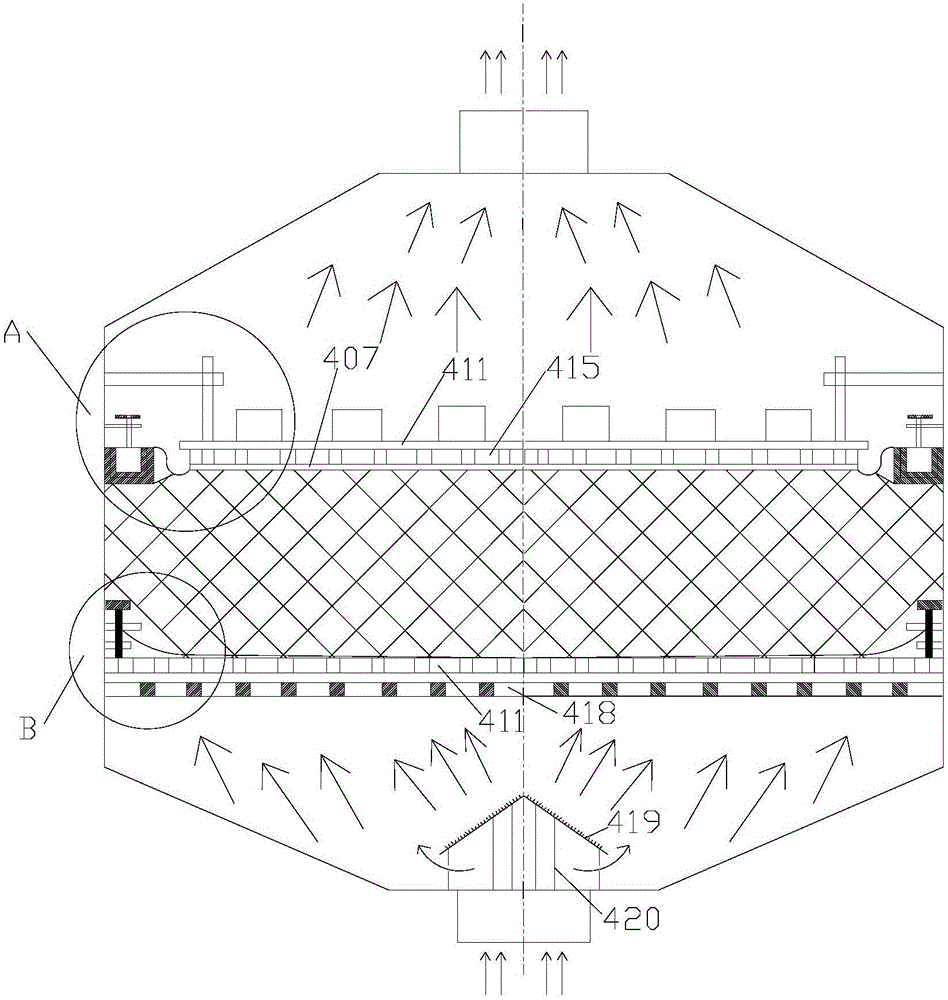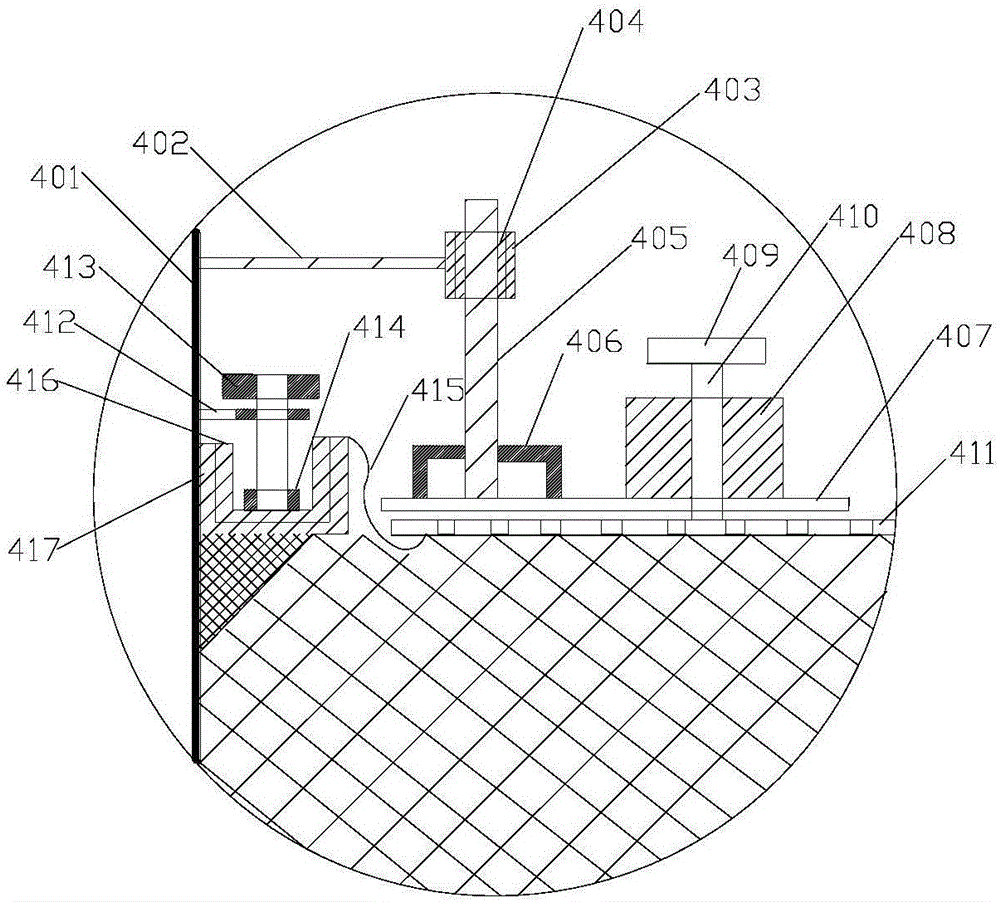Method for separating and recycling organic solvent from dregs evaporation tail gas
A technology of separation and recovery and organic solvent, which is applied in the field of separation and recovery of organic solvent in the tail gas of dregs distillation, can solve the problems of crushing, pulverization, limiting the popularization and application of resin adsorption technology, increasing equipment investment and the amount of adsorption resin used, etc. broken effect
- Summary
- Abstract
- Description
- Claims
- Application Information
AI Technical Summary
Problems solved by technology
Method used
Image
Examples
Embodiment Construction
[0027] In order to deepen the understanding of the present invention, the present invention will be further described in detail below in conjunction with the accompanying drawings and embodiments. The following examples are only used to illustrate the technical solution of the present invention more clearly, but not to limit the protection scope of the present invention.
[0028] The method for separating and recovering the organic solvent in the tail gas of meal evaporation of the present invention adopts two semi-fixed adsorption towers equipped with highly microporous hydrophobic adsorption resins to alternately perform adsorption, and one of the adsorption towers performs adsorption while the other adsorption tower performs adsorption. Regeneration of adsorption resin; the condensed water of steam regeneration uses macroporous adsorption resin to further recover the organic solvent. The specific steps are:
[0029] a: Coarse filtration of exhaust gas: coarsely filter the l...
PUM
| Property | Measurement | Unit |
|---|---|---|
| specific surface area | aaaaa | aaaaa |
| pore size | aaaaa | aaaaa |
| particle diameter | aaaaa | aaaaa |
Abstract
Description
Claims
Application Information
 Login to view more
Login to view more - R&D Engineer
- R&D Manager
- IP Professional
- Industry Leading Data Capabilities
- Powerful AI technology
- Patent DNA Extraction
Browse by: Latest US Patents, China's latest patents, Technical Efficacy Thesaurus, Application Domain, Technology Topic.
© 2024 PatSnap. All rights reserved.Legal|Privacy policy|Modern Slavery Act Transparency Statement|Sitemap



